10 DIY Fall Garden Projects to Spruce Up Your Yard
As the seasons change, your garden can be a reflection of the cozy vibes of fall. There are many simple projects that can make a big difference in your yard without requiring too much effort. Whether you want to add a pop of color or create a functional outdoor space, fall is the right time to start. These projects are perfect for gardeners of all experience levels.
This post may contain affiliate links, which helps keep this content free. Please read our disclosure for more info.
Create a Cozy Fire Pit Area
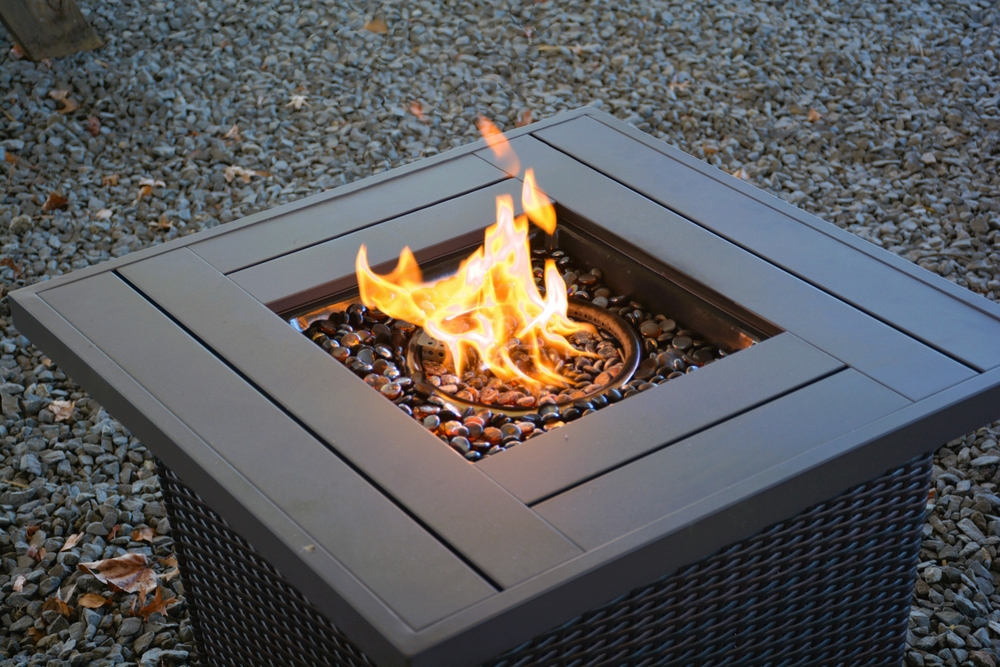
A fire pit is the perfect addition to any fall garden. Not only does it provide warmth on chilly nights, but it also creates a welcoming focal point for outdoor gatherings. You can easily build a simple stone fire pit using local materials. Surround the pit with comfortable seating like Adirondack chairs or benches to make it even more inviting.
This project requires some basic tools and materials, including gravel, fireproof bricks, and a fire pit ring. Make sure to follow local safety regulations regarding fire pits, especially when placing them near wooden structures or overhanging trees. Lighting a fire during fall adds a magical touch to your yard while giving you a cozy space to enjoy the crisp evening air.
Plant Fall-Blooming Perennials
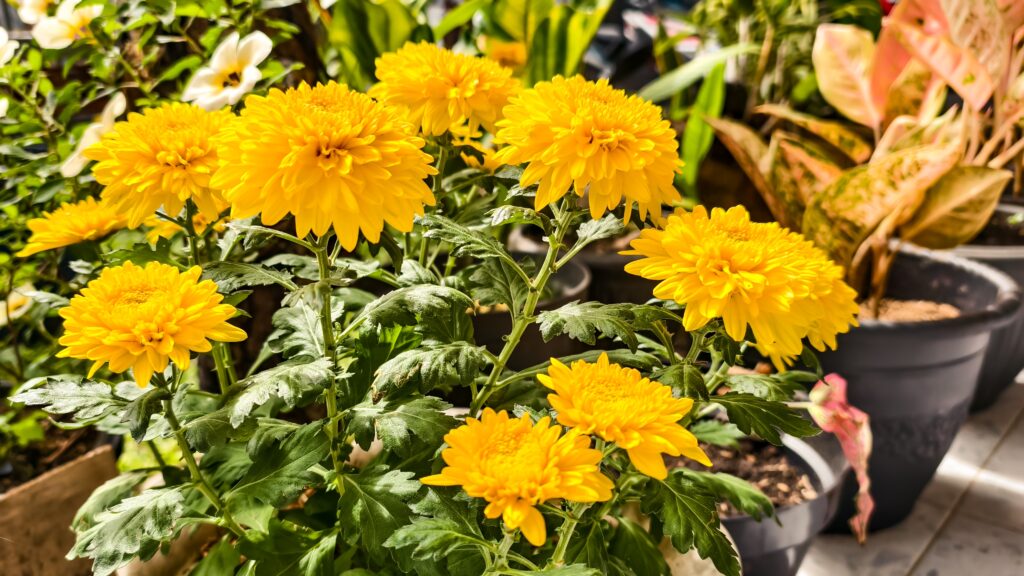
Fall-blooming perennials can extend the beauty of your garden well into the cooler months. Plants like chrysanthemums, asters, and sedum provide vibrant color when many other flowers start to fade. These perennials are hardy and thrive in autumn conditions, making them an easy addition to any garden. Simply choose plants suited for your climate and plant them in well-draining soil.
Aside from their colorful blooms, these plants attract beneficial pollinators like bees and butterflies. They also require minimal care once established, making them perfect for busy gardeners. Fall is the ideal time to plant these perennials, as they will have enough time to settle in before the first frost arrives.
Build a Raised Garden Bed
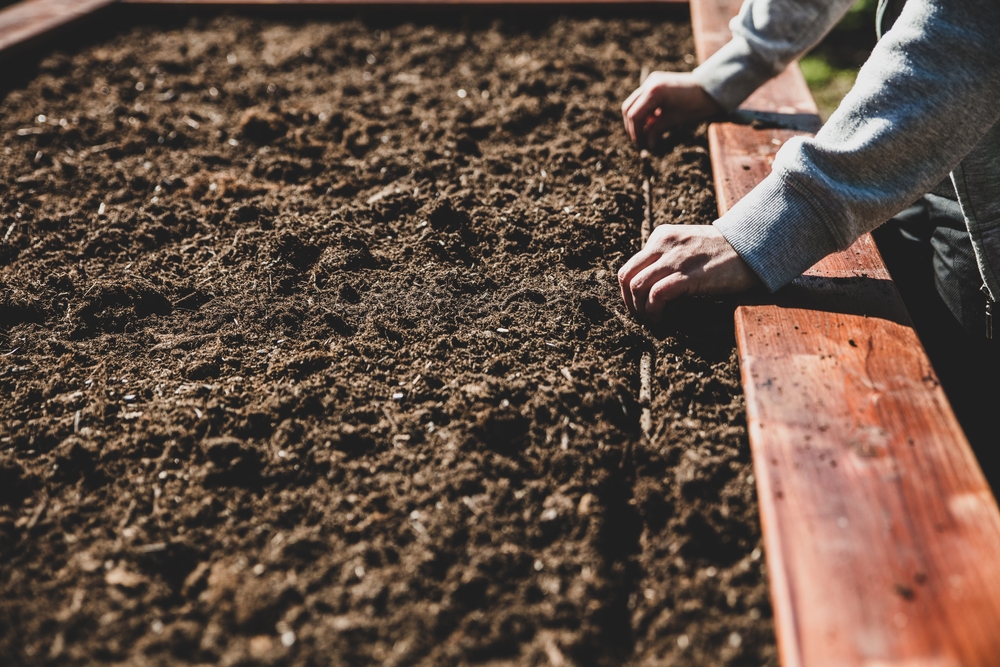
Building a raised garden bed can improve both the aesthetics and function of your garden. This project allows you to grow fall crops like leafy greens, radishes, and carrots, which can handle cooler temperatures. Use untreated wood or stone to create the frame, and fill it with nutrient-rich soil. Raised beds help with drainage and provide easier access to plants, making gardening a lot more comfortable.
You can position your raised garden bed in areas that may have poor soil, ensuring your plants thrive. Be sure to water the plants regularly, as raised beds tend to dry out faster than ground-level plots. With some effort, you can start harvesting fresh fall vegetables right from your backyard.
Set Up a Bird Feeder Station
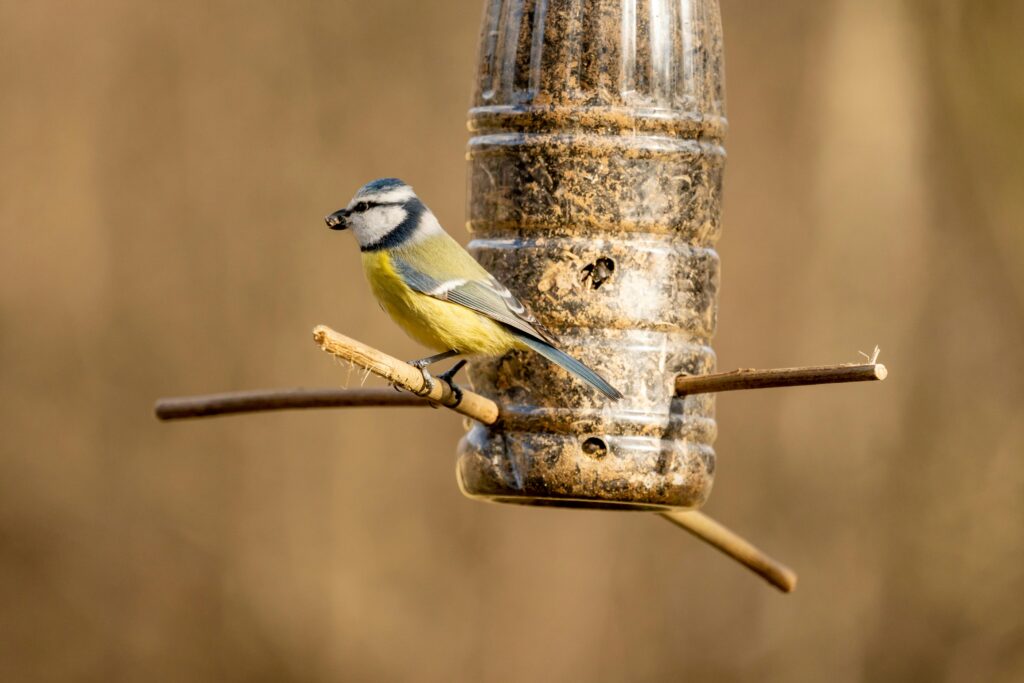
Fall is a great time to attract a variety of birds to your yard. Setting up a bird feeder station can bring some lively color and movement to your garden while supporting local wildlife. Choose feeders that offer a variety of seeds, such as sunflower seeds, millet, and peanuts, to attract different types of birds. Placing a bird bath nearby will encourage even more feathered friends to visit.
Make sure to place the bird feeders in a safe spot, away from predators like cats. Keep them clean and well-stocked throughout the fall months to ensure the birds keep coming back. This simple project not only helps the local ecosystem but also brings nature’s beauty closer to your home.
Add Decorative Pumpkins and Gourds
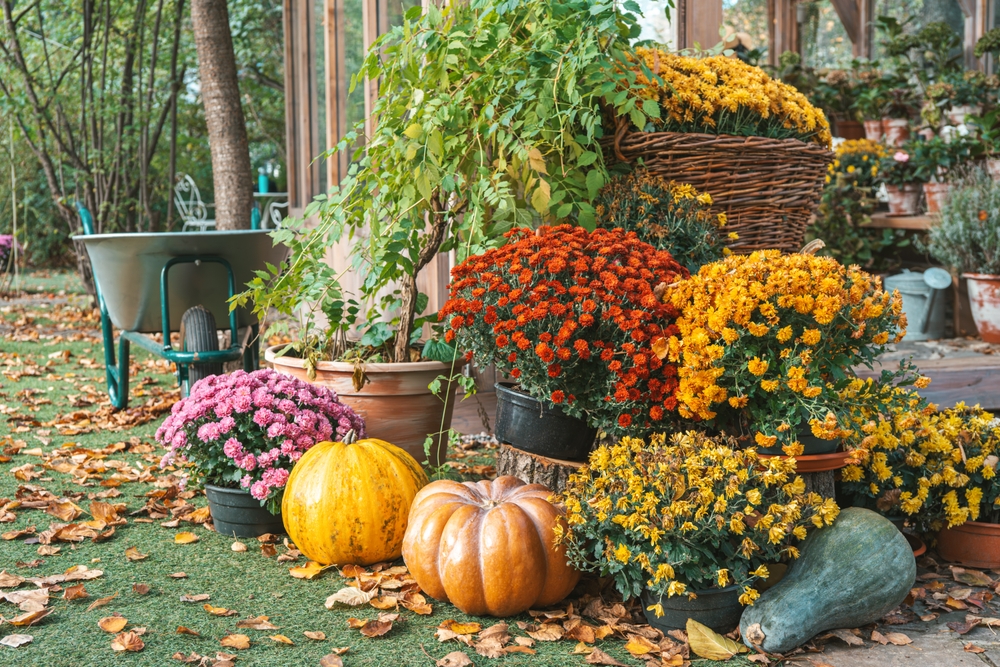
Decorative pumpkins and gourds are fall staples that can instantly add seasonal flair to your yard. These colorful, textured fruits come in various shapes and sizes, perfect for displaying around your garden or porch. Arrange them in clusters, or scatter them along garden beds to create a festive atmosphere. Combining pumpkins with autumn leaves or other fall décor adds extra charm.
Look for pumpkins with different hues like white, orange, and green to create a striking contrast. Choose pumpkins that are in good condition and will last through the season. As the weather cools, these decorative items will add a warm, inviting touch to your outdoor space.
Build a Composting Area
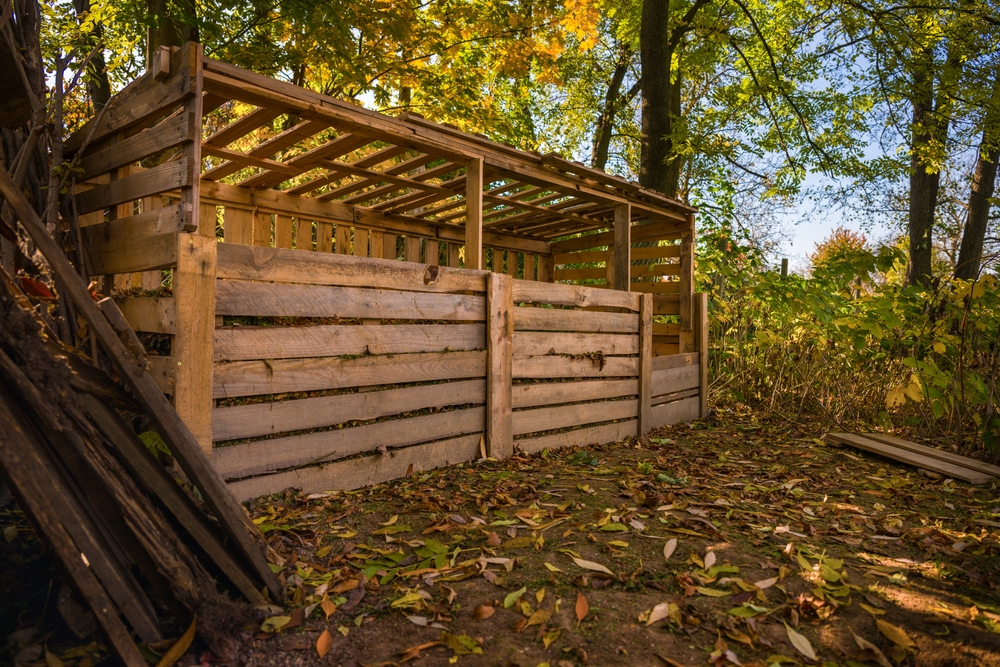
Composting is an eco-friendly way to recycle yard waste and kitchen scraps while improving your garden’s soil. Create a designated composting area in your garden by using a compost bin or building your own with wooden pallets. Add a mix of green materials, like grass clippings, and brown materials, such as leaves, to your compost pile. Turn the compost regularly to encourage decomposition.
Fall leaves are an excellent addition to your compost bin, providing the necessary brown material for a balanced compost mix. Over time, your compost will break down into nutrient-rich soil, perfect for enriching your garden beds. This simple project helps reduce waste while boosting the health of your garden.
Install Outdoor Lighting
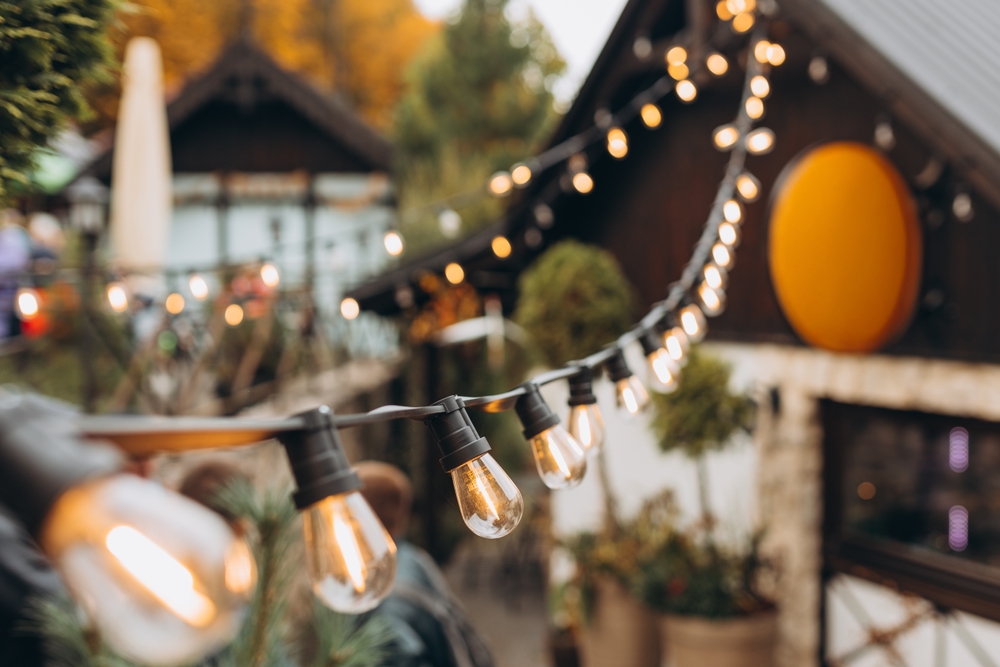
Outdoor lighting is an excellent way to highlight your fall garden while creating a cozy atmosphere. Solar-powered garden lights are a low-maintenance option that can be placed along pathways or around garden features like fountains or sculptures. String lights or lanterns can be hung in trees or along fences to add a warm, inviting glow to your yard.
Lighting helps extend the time you can enjoy your garden in the evening, especially when the days start to get shorter. Choose lights with soft, warm tones to complement the colors of your autumn plants. This simple project can transform your garden into a magical retreat after the sun sets.
Build a Cold Frame for Extended Growing Season
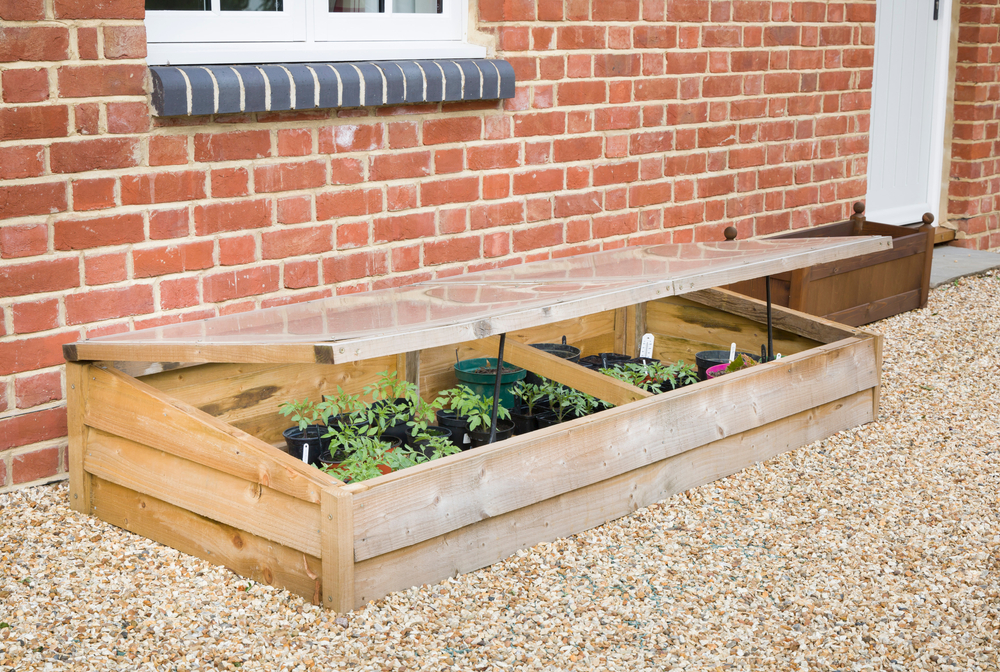
A cold frame is a simple, DIY structure that allows you to extend the growing season into the colder months. You can easily build one with wood, glass, or plastic, and place it over a garden bed or raised bed. The cold frame traps heat from the sun, creating a warmer microclimate for your plants. It is perfect for growing hardy vegetables or starting seeds for next spring.
This project is especially useful for gardeners who want to continue growing crops like spinach, kale, or carrots into the fall and winter months. Make sure to ventilate the cold frame on warmer days to prevent overheating. A cold frame provides extra protection for plants, helping them survive through the chillier fall weather.
Create a Fall Herb Garden
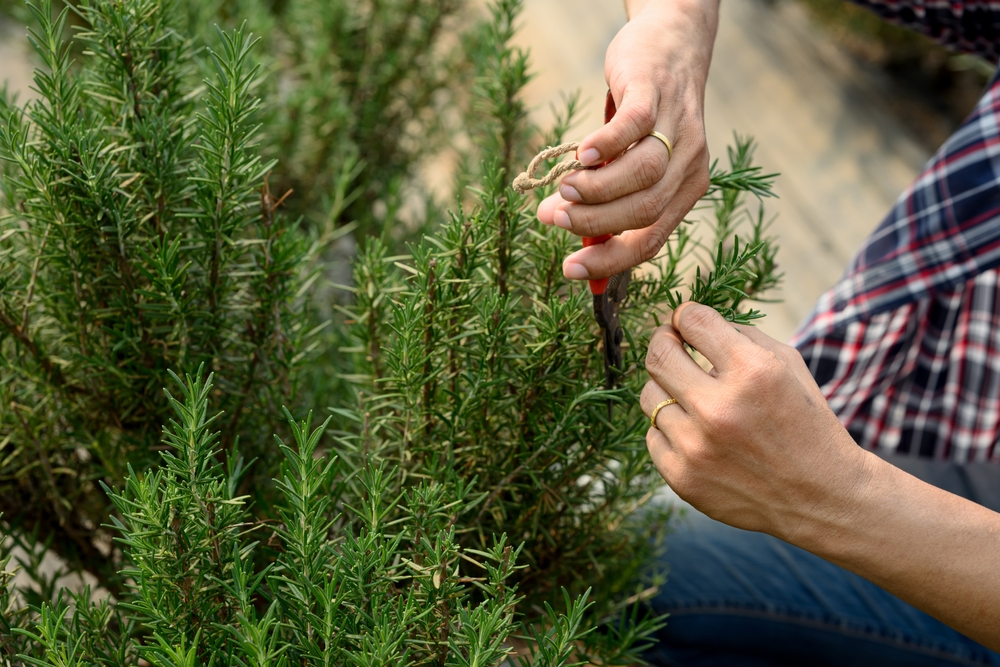
A fall herb garden can be both practical and beautiful. Herbs like thyme, rosemary, sage, and oregano thrive in the cooler fall temperatures. You can plant them in small garden beds or containers, which makes them easy to harvest throughout the season. Fresh herbs add flavor to fall meals, and their earthy aroma enhances the atmosphere in your garden.
To get the best results, choose a sunny spot in your yard with well-draining soil. Herbs are low-maintenance, requiring little more than regular watering and occasional trimming. This project allows you to enjoy fresh herbs for cooking while adding greenery to your garden in the cooler months.
Mulch Garden Beds
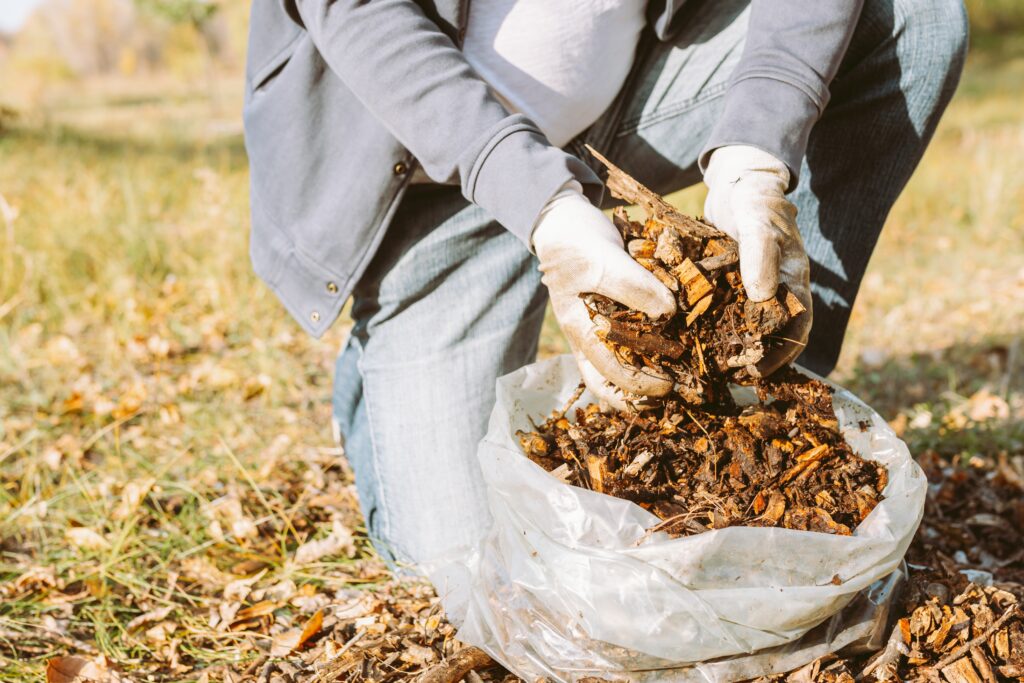
Mulching is a simple yet highly effective way to improve your garden. A layer of mulch helps retain moisture, suppress weeds, and regulate soil temperature, which is especially important during the fall months. You can use organic materials like wood chips, leaves, or straw to mulch your garden beds. It is a great project to help prepare your plants for winter.
Apply a 2-3 inch layer of mulch around your plants, making sure not to pile it up against the stems. Mulch can be replenished throughout the season as it breaks down. This easy project requires little effort but provides numerous benefits, keeping your plants healthy through the colder months.
This article originally appeared on Avocadu.
